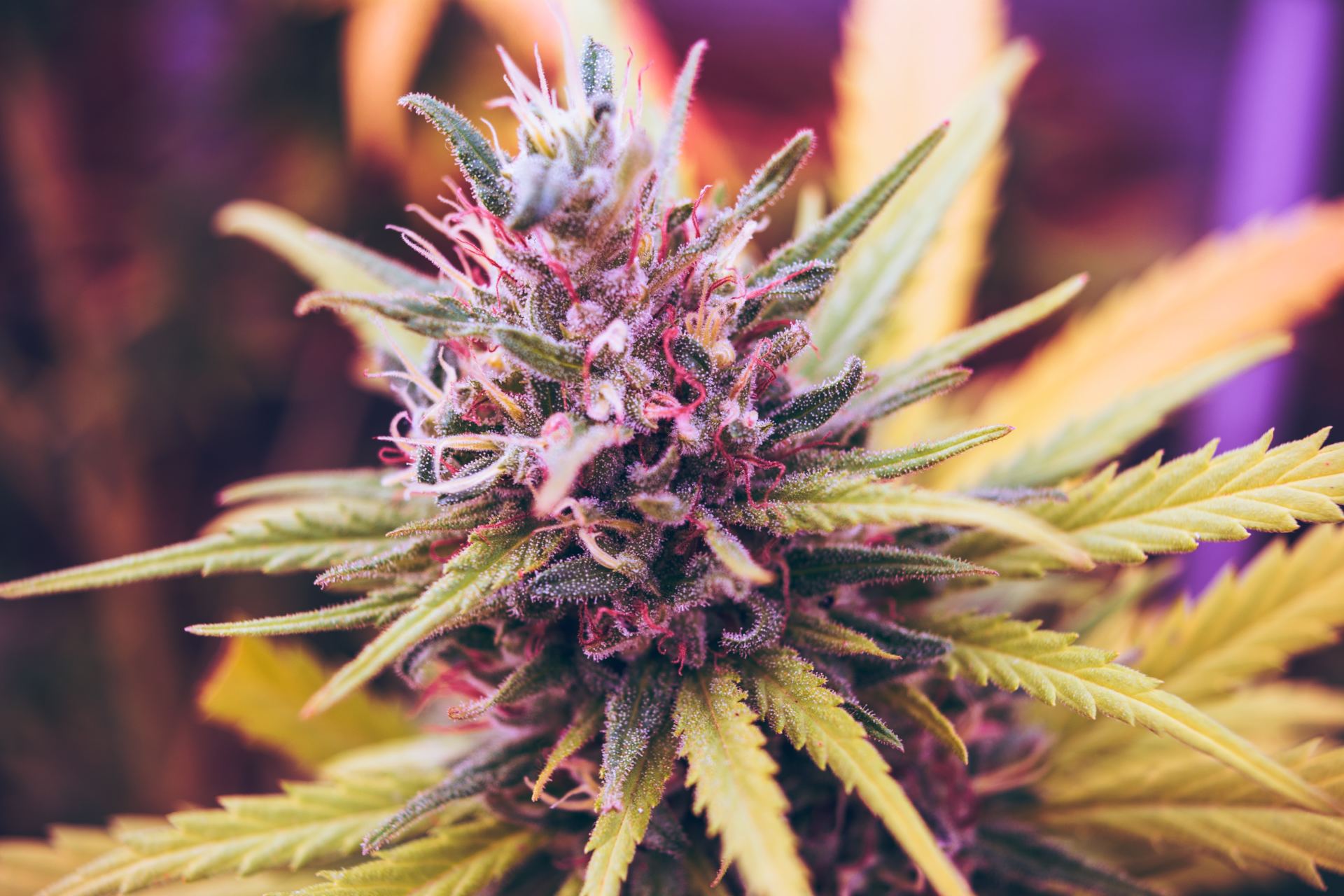1MG FlippingBooks
Identified: Key agriculture innovations
The 39 technologies and 24 industries most likely to advance Australia’s agriculture industry have been identified in a new report, including medical marijuana, artificial photosynthesis, and collaborative robots.
The report, Horizon Scanning: Opportunities for New Technologies and Industries , is the culmination of two years’ work by the Queensland University of Technology (QUT) funded by AgriFutures Australia.
Industries that offer significant opportunities for development include Asian vegetables, hemp milk, Australian edible natives, insect farming, wild camel and goat harvesting.
The technologies that are predicted to help move the agricultural sector forward include robotics and artificial intelligence, data technologies, biotechnology, genomics, renewable energy and advanced materials.
By identifying these industries and technologies, the report aims to illustrate the diverse opportunities for developing and integrating emerging innovations into the agriculture sector.
The report’s findings will be particularly relevant to producers seeking to diversify their businesses by adopting new technologies or expanding their enterprise mix with novel industries.
“Spotting emerging technologies early and identifying their role in helping grow new industries is exciting for the sector and key to maximising the Australian agricultural sector’s competitive advantage,” says AgriFutures Australia Managing Director John Harvey. “For Australia to remain at the forefront of innovation and to meet our ambitious targets we need to seek out these opportunities and commit to pursuing new ways of doing things.”
Some emerging technologies identified in the report have already been adopted and are yielding successful results.
“We are already starting to see the benefits of autonomous robotics and human physical augmentation technologies in improving productivity and the safety of workers in repetitive and physically demanding tasks,” says AgriFutures Australia Senior Manager for Business Development Jennifer Medway.
Examples of such technologies include wearable user interfaces, computer vision and collaborative robots.
The report also underlines the significant potential of renewable energy source technologies to improve energy infrastructure.
“The increasing availability of low cost and efficient electricity generation and storage technologies will facilitate entirely new models of energy consumption,” Ms Medway says. “Renewable energy technologies, previously unheard of just a few years ago, are now a real possibility and include Solar Retransmission, Perovskite Solar Cells, Sodium-Ion Batteries, Moisture Harvesting and Artificial Photosynthesis.”
It is hoped that producers will take advantage of these opportunities for growth to help the sector become Australia’s next $100 billion industry.
“Many of the technologies and new industries identified through the scans have obvious application, others may require a leap of faith to understand the potential impact they can have on individual farm businesses or agricultural industries,” says QUT Researcher Dr Grant Hamilton. “It takes a highly innovative business or individual to realise those opportunities but the payoff can definitely be worth it.”
You can find out more about AgriFuture’s Horizon Scanning research here.

















